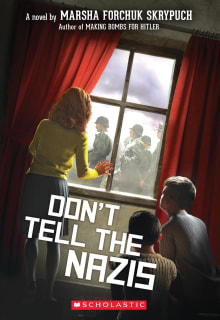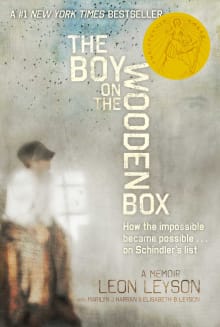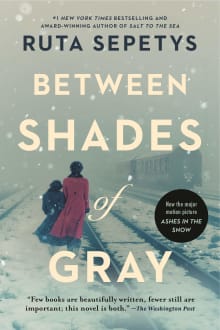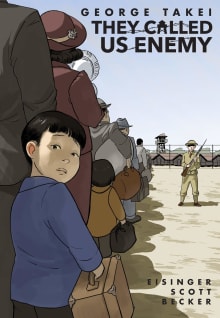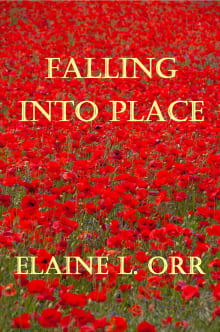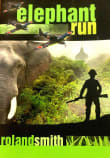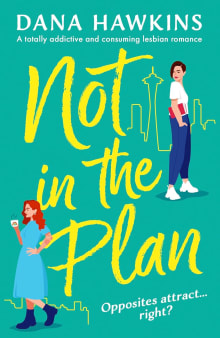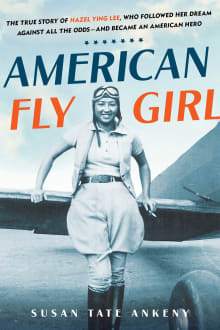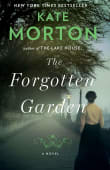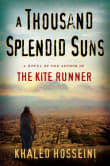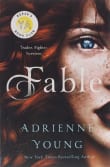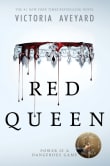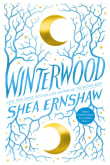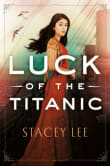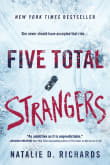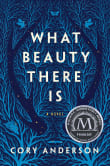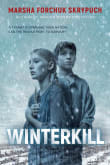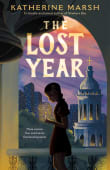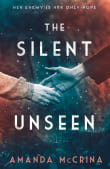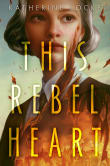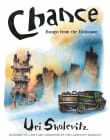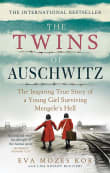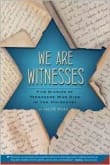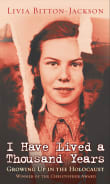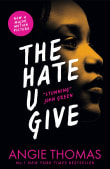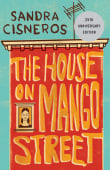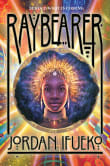
Why did I love this book?
The story holds almost more sorrow than seems possible. Krystia Fediuk, her mother Kataryna, sister Maria and their longtime friends, many of them Jewish, live in a Ukrainian town that celebrated as their Soviet occupiers left in 1941. But the even more cruel Nazis arrived, joined by many more Germans and Balkans friendly to them. And they were determined to single out Jewish townspeople, eventually forcing them into a ghetto.
It was then that Krystia and her mother decided to hide three Jewish friends in a hole dug under their stove. The price for what the Nazis saw as their treachery was steep. Krystia fled to the Ukrainian insurgents in the forest, taking only her dwindling hope. Though fiction, the author based the book on several real Ukrainians and the stories of others who survived.
1 author picked Don't Tell the Nazis as one of their favorite books, and they share why you should read it. This book is for kids age 8, 9, 10, and 11.
Marsha Forchuk Skrypuch (author of Making Bombs for Hitler) crafts a story of ultimate compassion and sacrifice based on true events during WWII.
The year is 1941. Krystia lives in a small Ukrainian village under the cruel -- sometimes violent -- occupation of the Soviets. So when the Nazis march into town to liberate them, many of Krystia's neighbors welcome the troops with celebrations, hoping for a better life.But conditions don't improve as expected. Krystia's friend Dolik and the other Jewish people in town warn that their new occupiers may only bring darker days.The worst begins to happen when the…
